Attract Pollinators to Your Garden with These Top 10 Shrubs
While lots of people are talking about it these days, gardening for pollinators – insects, birds, and even bats that feed on the nectar, pollen, and leaves for plants - isn’t just a trend. It’s central to plants’ roles in our ecosystem. If you don’t get the appeal of attracting pollinators to your landscape, planting one of these ten shrubs will make you a convert. Each one is beautiful, easy to grow, and the pollinators they bring in will add another layer of excitement to the floral display. Or better yet, try more than one, layering in plants for all seasons, to invite nature’s visitors to your home for months each year.
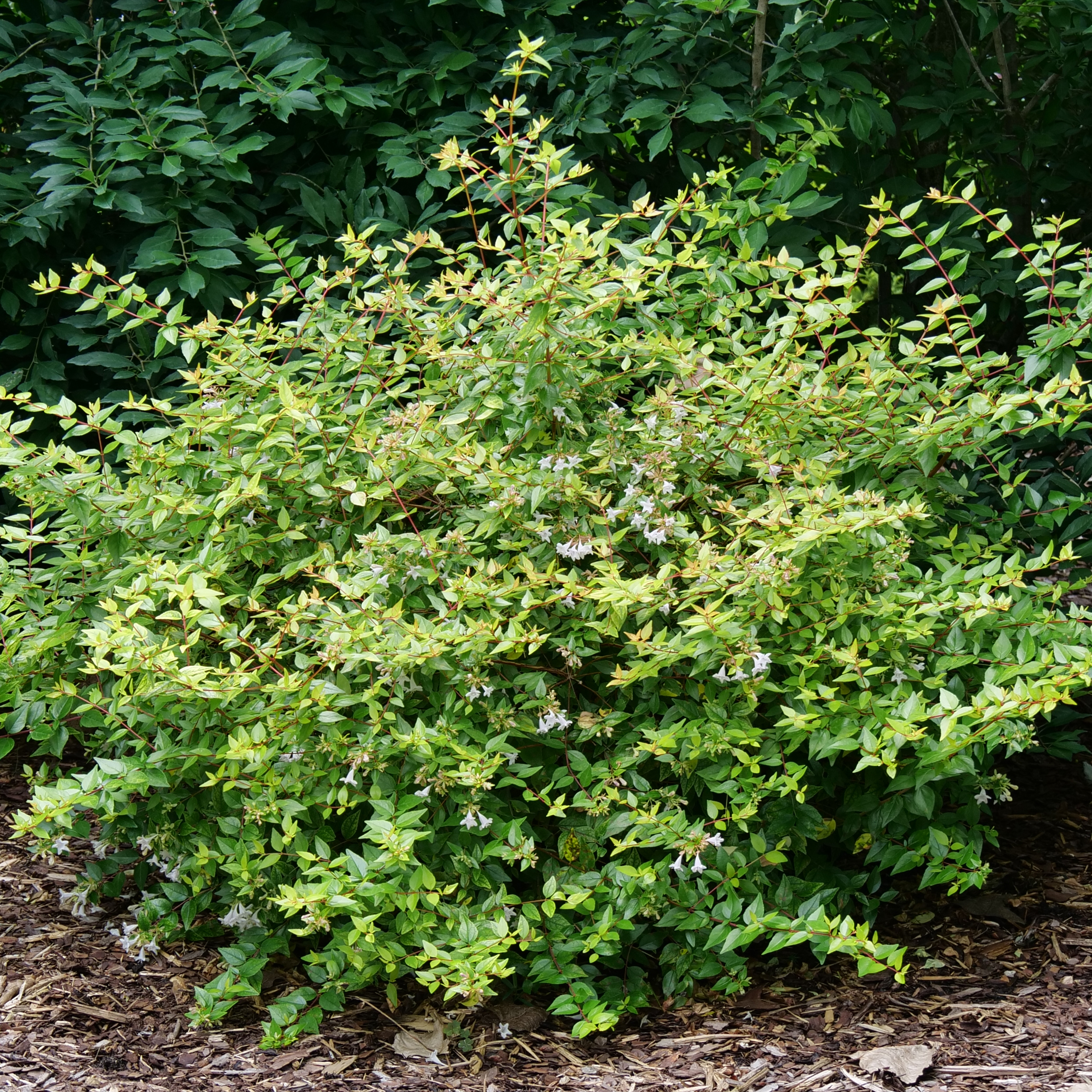 Funshine® Abelia Funshine® AbeliaFunshine abelia has very fragrant, trumpet-shaped white flowers that draw mobs of butterflies and hummingbirds to it! There are two other features that make it especially useful as a pollinator plant: 1) it blooms late summer through mid-autumn, providing nectar at a time when migrating pollinators, in particular, need to load up on food and 2) it blooms for a very long time, making it a reliable source of sustenance. |
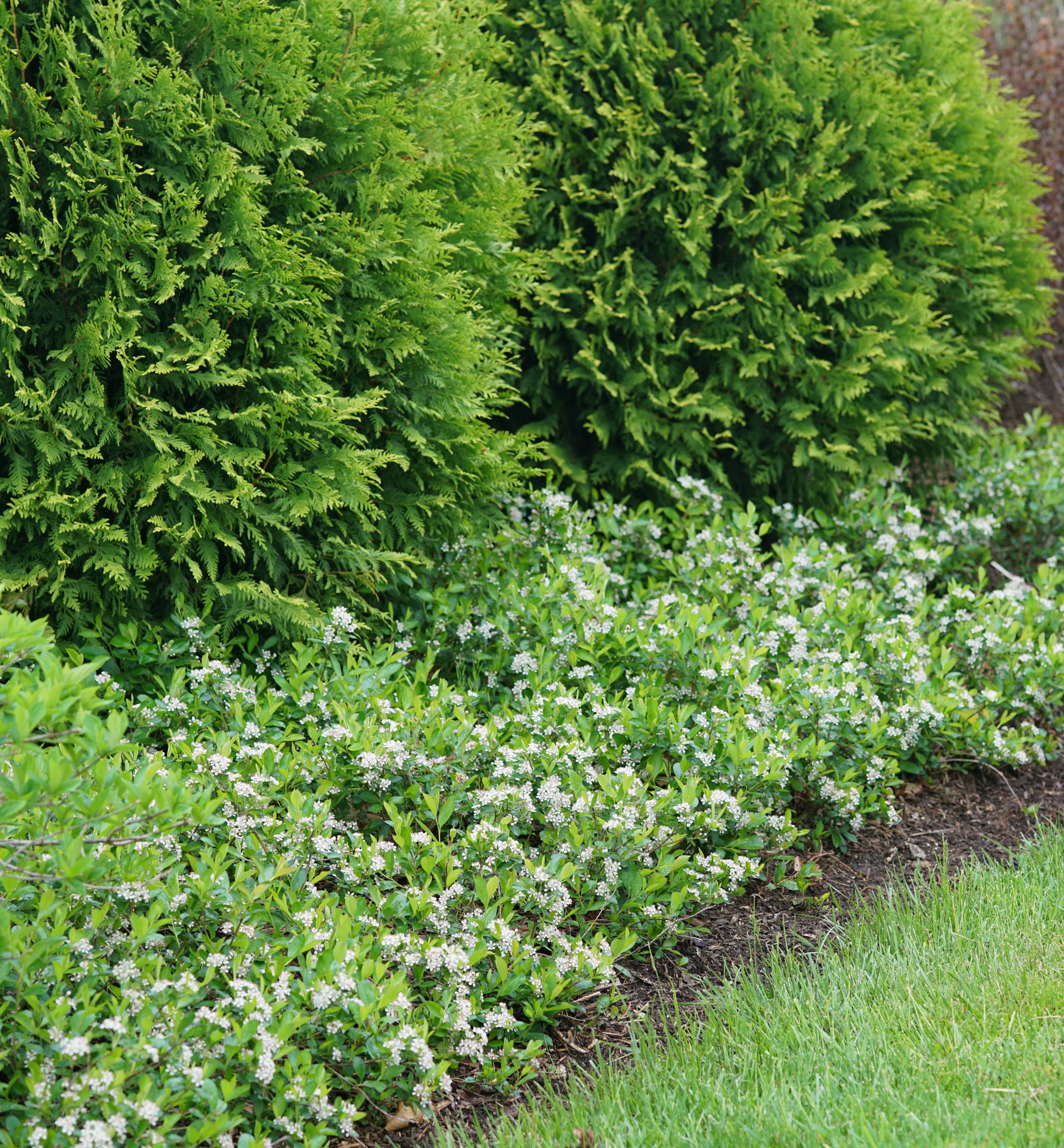 Ground Hug™ Aronia Ground Hug™ AroniaPeople tend to associate pollinators with summertime, when it seems every plant is abuzz with insect activity. However, spring is a crucial time for insects as well, as those that migrate or awaken from dormancy are hungry for a good meal. Ground Hug™ aronia is covered in nectar-rich white flowers in mid-late spring so makes the perfect “breakfast” for pollinators. Each is dotted with a crown of pink pollen, making it all the more enticing to gardeners and pollinators alike. In late summer, dark purple berries develop, attracting birds and other wildlife. This native shrub was selected for its low, dwarf habit, allowing aronia to be planted in areas it could never grace in its conventional large form. It’s a pollinator plant anyone has room for! |
 ‘Miss Violet’ Butterfly Bush ‘Miss Violet’ Butterfly BushA list of shrubs for pollinators would be incomplete without a butterfly bush. While these colorful, long-blooming shrubs sometimes get a bad rap because they only feed butterflies and not the caterpillar, or larval, stage of a butterfly’s life, their appeal to humans and hummingbirds can’t be denied. Though we offer several butterfly bush selections, our pick for this list is ‘Miss Violet,’ an award winning, non-invasive variety with color that you just have to see to believe – blooms are a vibrant purple tone that really pops in the summer landscape. Just be sure to round out your planting with some additional shrubs that sustain other stages of insects’ life cycles. Get the whole scoop on butterfly bushes in our Ultimate Guide to Butterfly Bush |
|
|
|
A striking specimen tree for the shade that feeds butterflies and their larvae? You got that right! Golden Shadows® has fluffy spring flowers are loaded with nectar, attracting pollinators with ease. Its vibrant chartreuse and lime green variegated foliage is not just handsome to us gardeners, it’s a food source for butterfly larvae. Reaching a height of 10-12 feet tall and wide, it’s large enough that you won’t even notice if a few caterpillars nibble here and there! It offers a great opportunity to provide a source of nectar in the springtime, in a shady spot that might otherwise not have had much to offer. |
Hydrangeas are not the first plant most folks think of when it comes to pollinator plants, but the fact is the lacecap varieties like Little Quick Fire, which display their nectar and pollen rich fertile florets prominently, bring in the buzz in a big way. Plus, Little Quick Fire is an easy-care panicle hydrangea, which are practically foolproof and can be easily grown in both hot and cold climates. Though the mophead varieties – the ones that form the big, full, fluffy flower heads - are usually considered showier, looking for lacecap varieties ensures you’re doing something good for pollinators as well as beautifying your landscape. |
The big, satellite dish-like flowers that make rose of Sharon so popular with people also make them attractive to pollinators. If you grow them, you’ve no doubt been treated to the sight of a bumblebee so heavy-laden with pollen that it can barely fly away from the flower. They’re a favorite of hummingbirds, too – fortunately, the long bloom time and very heavy bloom set ensure there’s plenty of nectar and pollen for all visitors. You can take your pick from any of our beautiful varieties, but Paraplu Pink Ink® is particularly fantastic for pollinators, thanks to its bullseye-like flower coloring. *If you live in USDA zone 4 and can’t grow rose of Sharon, try a perennial hibiscus like the Summerific® series. |
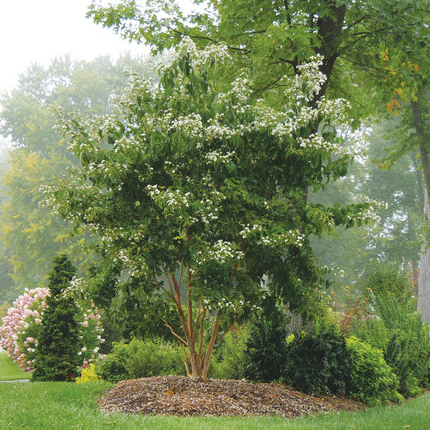 Temple of Bloom® Seven-Son Flower Temple of Bloom® Seven-Son FlowerThis outstanding large shrub/small tree deserves to be better known. With exceedingly handsome foliage and a dramatic silhouette made even more so by its peeling bark, Temple of Bloom Heptacodium brings beauty to all four seasons. But its hundreds of fragrant white flowers in late summer are what make this plant of special interest to bees, butterflies, and particularly to hummingbirds, which have often nested in the specimen in our trial gardens. After the flowers drop, the bracts that held them develop a bright cherry-red color for a flashy fall display. Temple of Bloom blooms earlier than conventional Heptacodium so even if cold temperatures arrive early, you’ll enjoy a good show. |
Watch these plants and their pollinators in action in our video!
Learn about annuals and perennials that attract pollinators.



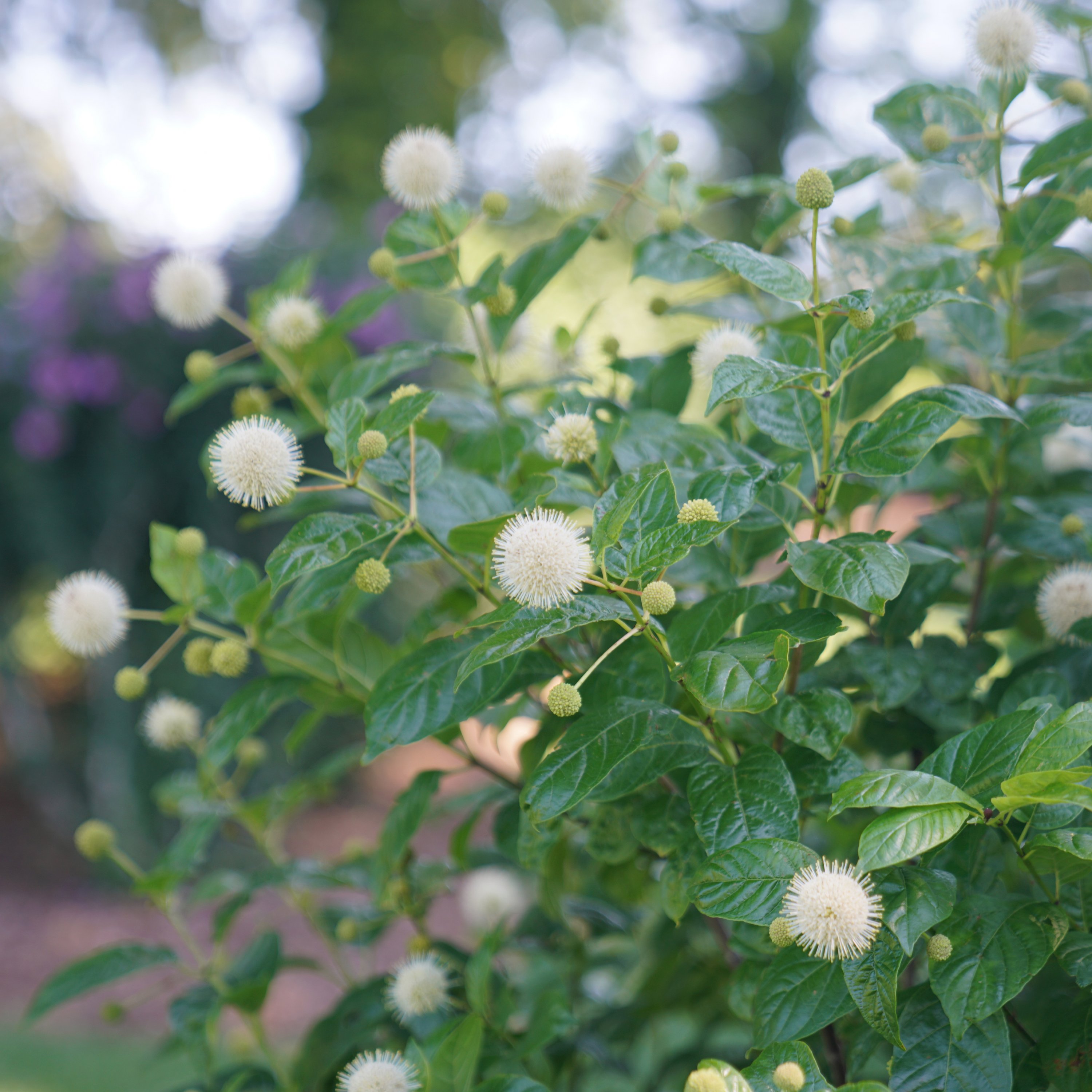
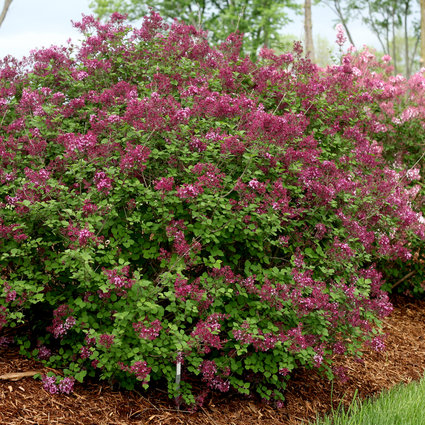
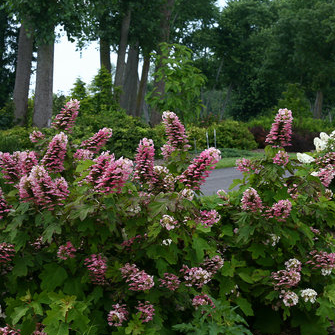 Gatsby Pink® Oakleaf Hydrangea
Gatsby Pink® Oakleaf Hydrangea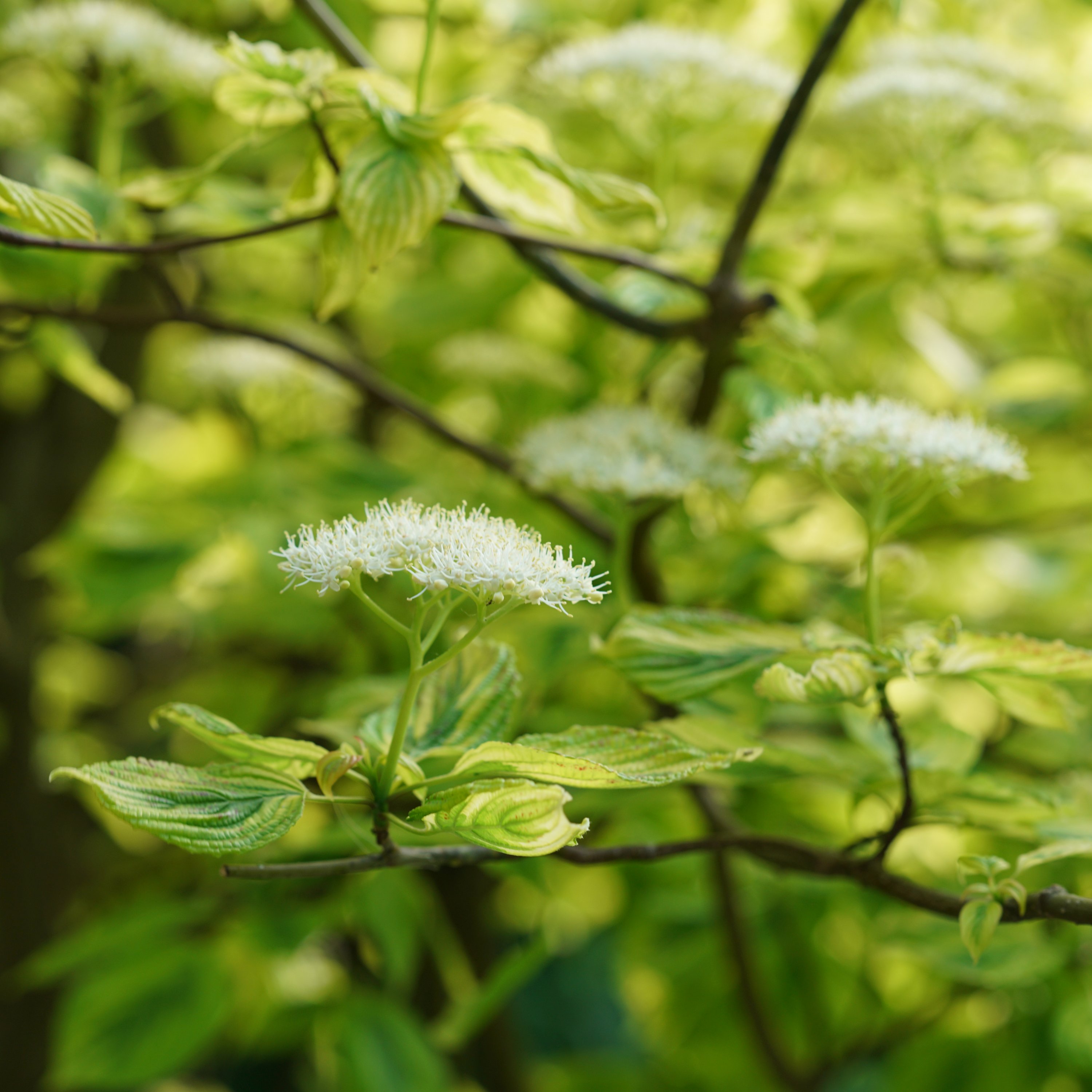
 Little Quick Fire® Panicle Hydrangea
Little Quick Fire® Panicle Hydrangea

